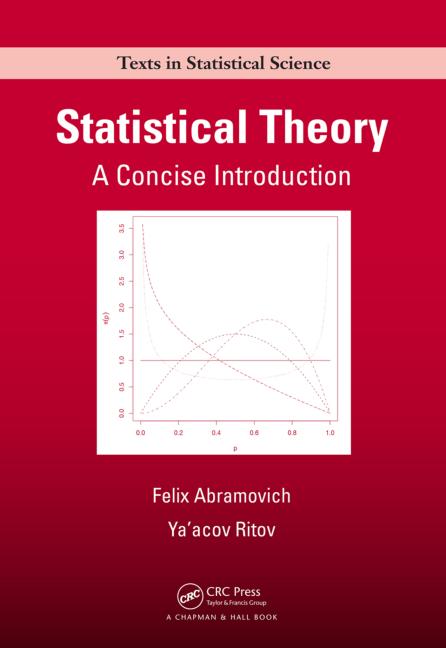Given a sample of points in a Euclidean space, we can define a notion of depth by forming a neighborhood graph and applying a notion of centrality. In the present paper, we focus on the degree, iterates of the H-index, and the coreness, which are all well-known measures of centrality. We study their behaviors when applied to a sample of points drawn i.i.d. from an underlying density and with a connectivity radius properly chosen. Equivalently, we study these notions of centrality in the context of random neighborhood graphs. We show that, in the large-sample limit and under some standard condition on the connectivity radius, the degree converges to the likelihood depth (unsurprisingly), while iterates of the H-index and the coreness converge to new notions of depth.
翻译:从欧几里德空间的点样本中,我们可以通过形成邻里图和适用核心概念来定义深度概念。 在本文件中,我们侧重于H指数的深度、迭代和核心特性,这些都是众所周知的中心度衡量标准。我们研究它们应用到从底密度和适当选择的连接半径提取的点样本时的行为。同样,我们研究随机邻里图中的核心概念。我们显示,在大抽样限值和在连通半径某种标准条件下,该程度与可能性深度相趋近(不令人吃惊),而H指数和核心性则与新的深度概念相融合。



